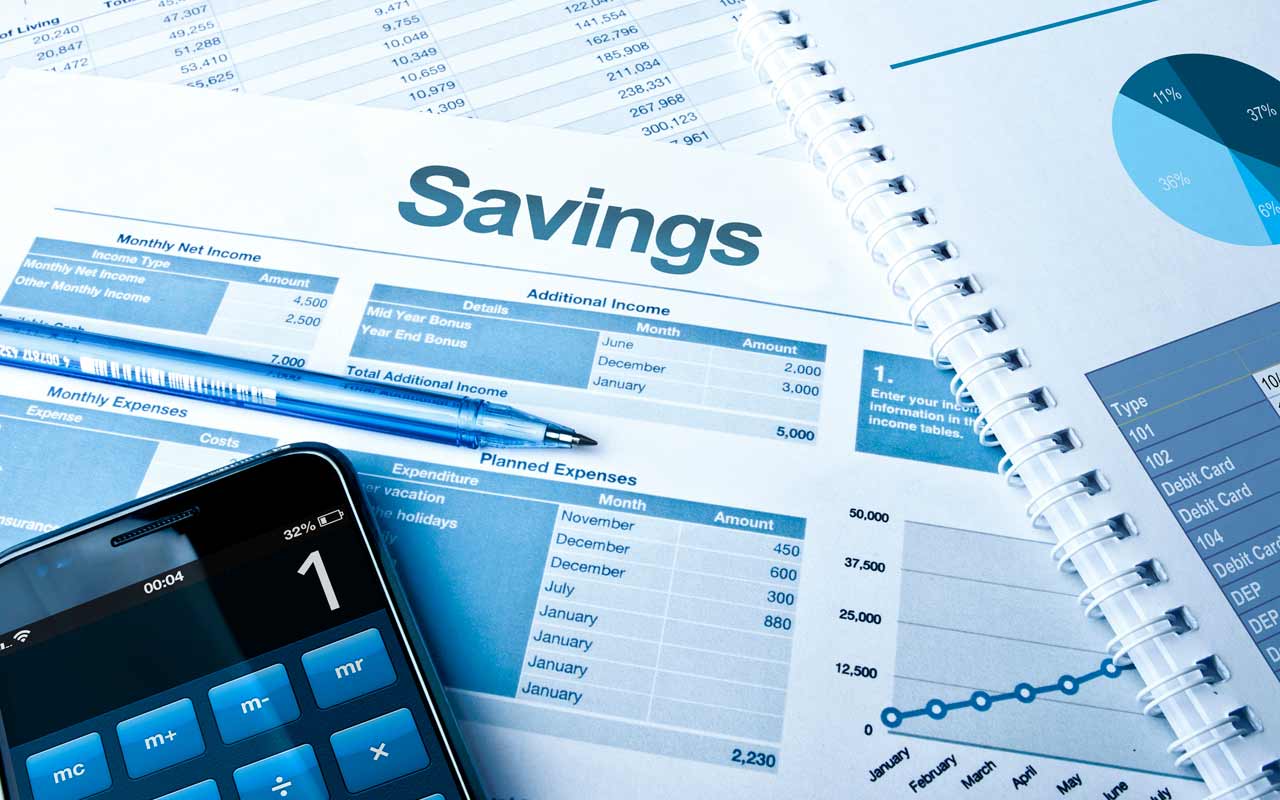
Both savings and checking accounts are useful tools for managing your money, and understanding when to use each account can make handling your finances easier. Typically, checking accounts are used for everyday spending and bill paying, while savings accounts are usually used to set aside cash for the future. Here’s what you need to know about each account.
Savings Accounts vs. Checking
The main difference between the two is that savings accounts are used for growing your money while checking accounts are used for paying expenses.
Saving accounts are better options for storing and growing your money. In fact, interest earned with most savings accounts can help you accrue extra cash over time. At the same time, there may be a limit on how much money you take out of a savings account. Free withdrawals or transfers from a savings account were previously limited to six a month, under the old Regulation D. Although the regulation has been suspended indefinitely, your bank may still impose a six-per-month transaction limit. The easiest way to access money in a savings account in most cases is either from ATMs or online transfers.
Checking accounts are better for spending your money on everyday purchases, whether it's shopping, buying gas, or paying your bills. These accounts are convenient and don't have withdrawal limits like savings accounts. Checking accounts are designed to give you easy access to your money through checks, debit cards, and digital payment app platforms like Apple Pay. Checking accounts generally don't earn interest.
Saving Account Factors To Consider
The value of high APYs (annual percentage yield): Generally, the higher the APY a bank offers, the more money you can earn over time. Finding one of the best banks that offers a high APY can help you grow your savings with minimal effort. In fact, there are many high-yield savings accounts on the market offering higher-than-average APYs. If you’re willing to shop around for a high-yield account, many offer rates above 3%.
Fees: Usually, online savings accounts don’t charge monthly maintenance fees. However, some do, so be wary of associated costs.
Balance requirements: Many savings accounts with high APYs require a higher balance than most, and you’ll have to maintain the required balance every month or incur a fee. Choose an account with a balance that you know you’ll be able to sustain.
Checking Account Factors To Consider
No monthly maintenance fees: Many checking accounts don’t charge monthly maintenance fees. Additionally, since many banks have no balance requirements with a checking account, you won’t have to worry about incurring fees on that front either.
New account bonuses: Some banks offer a cash bonus when you open a new checking account. According to NerdWallet, these cash offers could top out at $500.
Access to ATMs: Unlike saving accounts, when using a checking account you won’t have to pay a fee to use an ATM in your bank’s network.
Overdraft fees: If you spend more money than you have in your account, you’ll have a negative balance. Because of this, banks will charge you an overdraft fee. In some cases, a bank will waive a portion of the negative charges.
Should I Have Both Accounts at the Same Bank?
Since both savings and checking accounts are used for different reasons, having both can help you more easily handle your cash. Opening your checking and savings accounts at the same bank can make managing your money more convenient, as you’ll be able to easily make transfers between the accounts and review both accounts all in one place. However, there is a catch. By opening both accounts at the same bank, you could be missing out on some of the best high-yield accounts available. Many high-yield savings accounts with the best APYs are offered only by online banks.
Which Account Is Best For You?
Saving and checking accounts both serve different purposes. Before deciding, look at each bank's fees, minimum balance requirements, accessibility of funds and if it offers a bonus. Pick from what you want to prioritize. Many people use both; a checking account for bill paying and everyday expenses and a savings account for unexpected expenses and savings. Only you know what you need from both accounts.







